10 Favorite Regions for a Longer Stay in France
Some places reward a weekend while others pull you in for weeks. These regions are ideal for travelers who want to stay longer, settle in, and explore France at a slower pace, with fewer crowds and a deeper rhythm.
1. Dordogne (Nouvelle-Aquitaine)
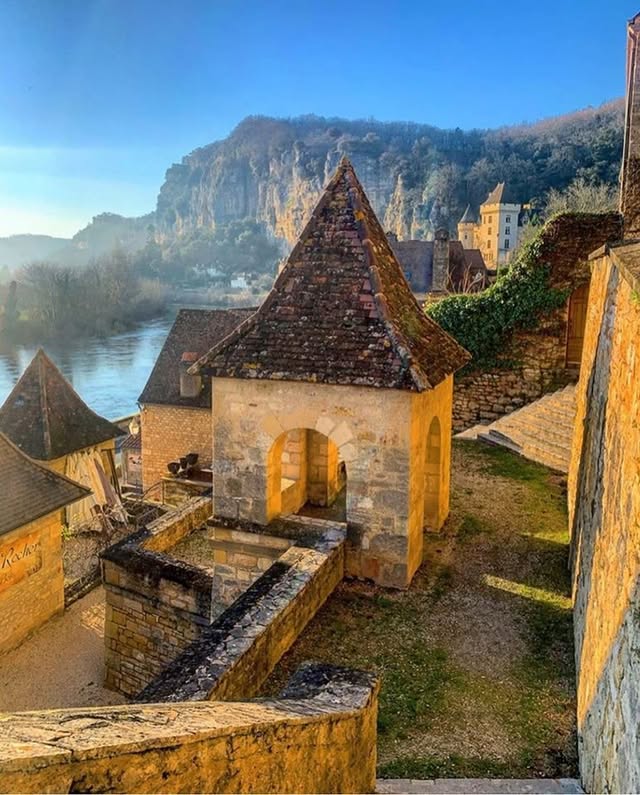
The Dordogne is where many visitors stop being tourists. Market towns like Sarlat and riverside villages like La Roque-Gageac draw people in with their stone houses, quiet lanes, and timeless pace.
Rent a cottage (a gîte) and spend your mornings at open-air markets, afternoons canoeing on the Dordogne River, and evenings with a bottle of Bergerac wine.
It’s an easy region to stay in for a few weeks, with enough castles, gardens, and prehistoric caves to fill your time without rushing.
2. Luberon (Provence)
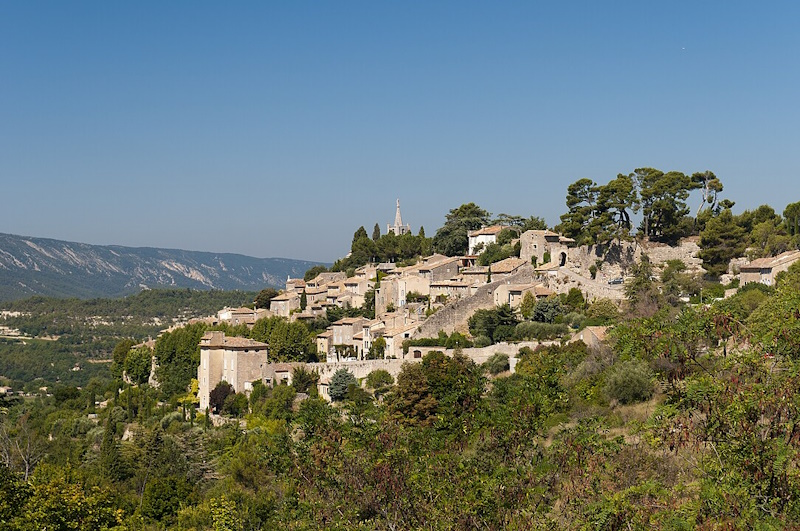
Villages like Bonnieux, Goult, and Roussillon sit close together across rolling hills and vineyards. Many travelers pick one and stay put for days, sometimes weeks, using it as a base for markets, hikes, and quiet drives.
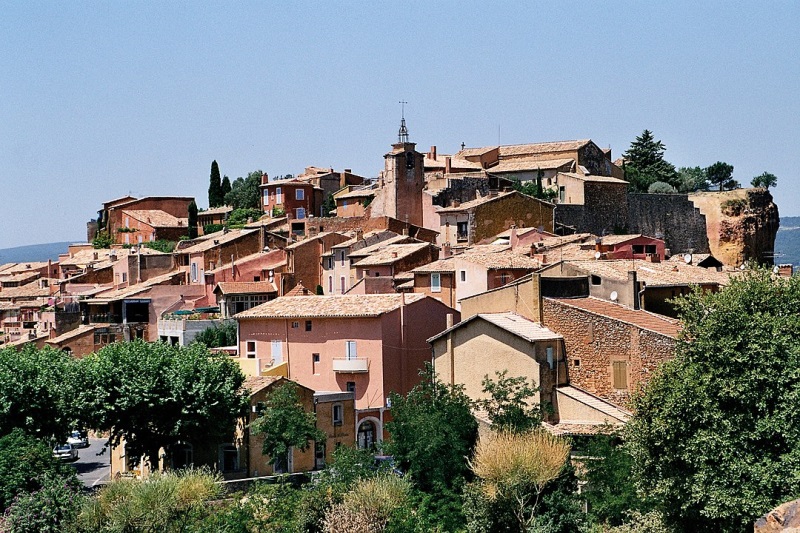
The pace is slow and the amenities are there: bakeries, cafés, rental houses, and small markets in walking distance.
While parts of Provence can feel overrun in July, the Luberon still offers space to breathe, especially if you travel in shoulder season.
Pays Basque (Nouvelle-Aquitaine)
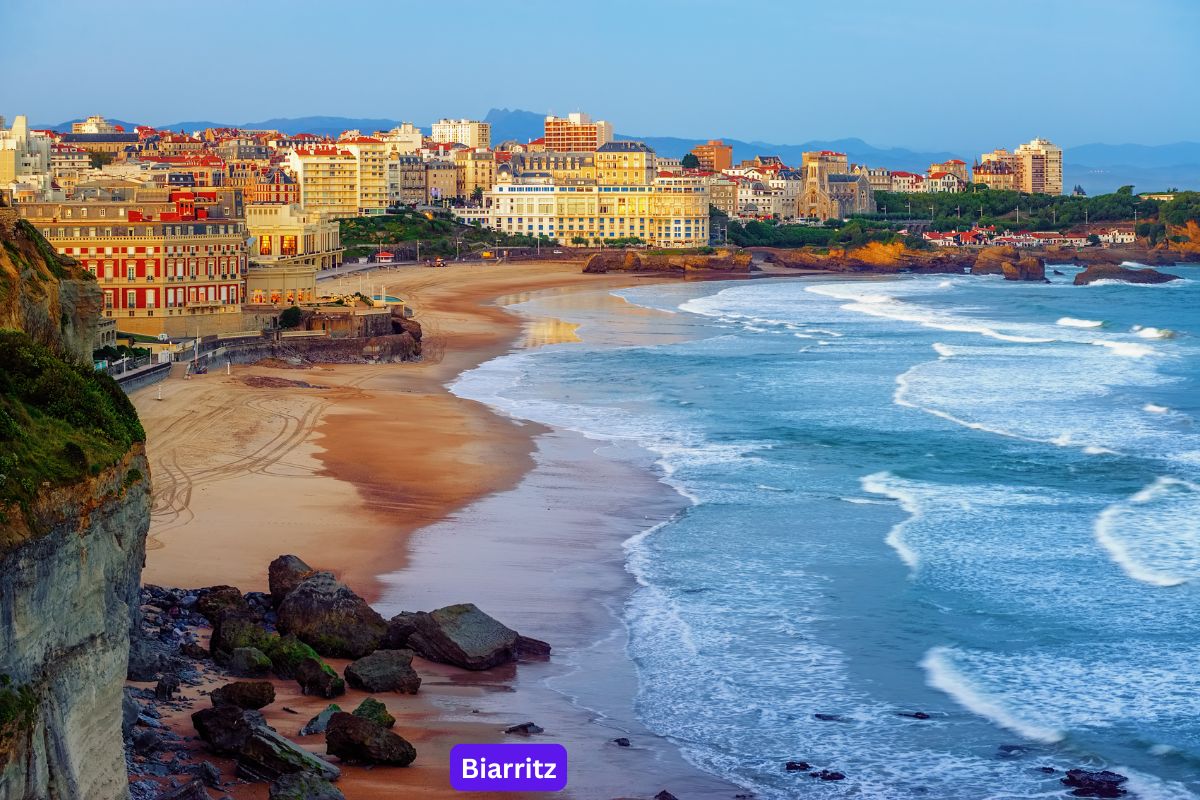
The Basque coast, from Biarritz down to Saint-Jean-de-Luz and Hendaye, feels different from the rest of France. The food, language, and even the architecture have a distinctive identity.
Inland towns like Espelette and Ainhoa offer a break from the coast while staying close.
Surfers and hikers can stay busy for weeks here. The mix of ocean, mountains, and local culture keeps things interesting for travelers who want to feel like they’re somewhere with its own rhythm.
Haute-Savoie (Auvergne-Rhône-Alpes)
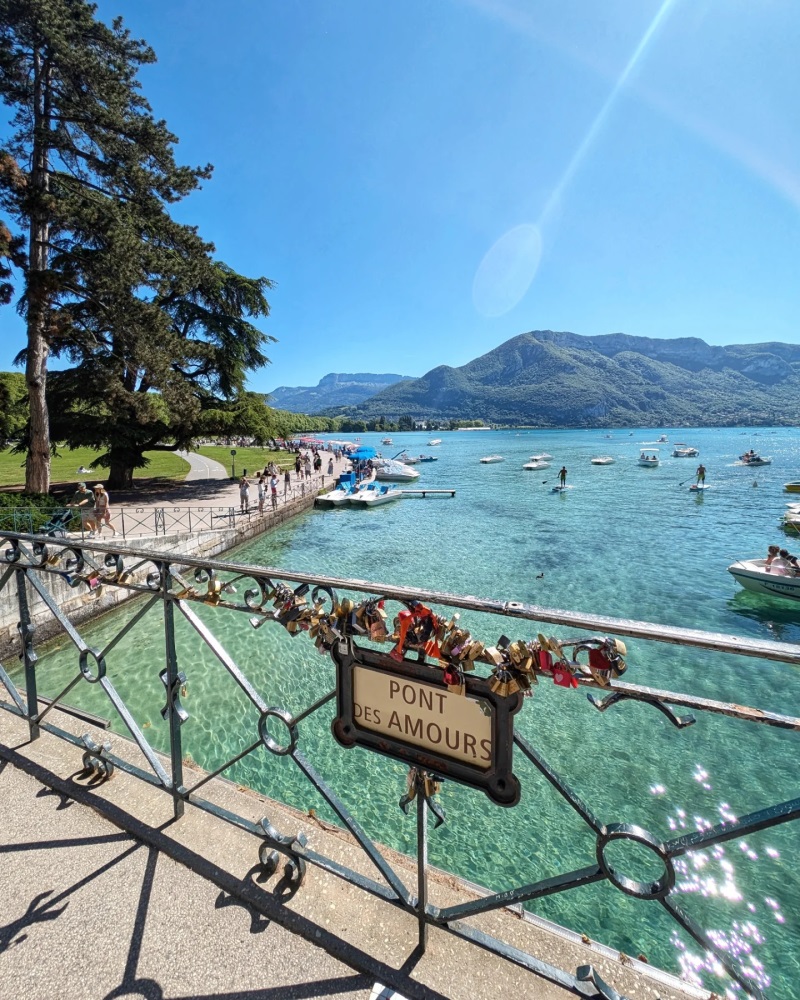
Annecy often ends up being more than a quick stop. The lake is surrounded by bike paths and walking trails, and the Old Town has all the basics for daily life without being sleepy.
From here, you can take short drives into the Alps, rent a paddleboard, hop on the ferry to smaller lake villages, or just enjoy the market and café life for a few extra days.
Even in winter, people linger for skiing in nearby resorts like La Clusaz.
Aveyron and Tarn (Occitanie)
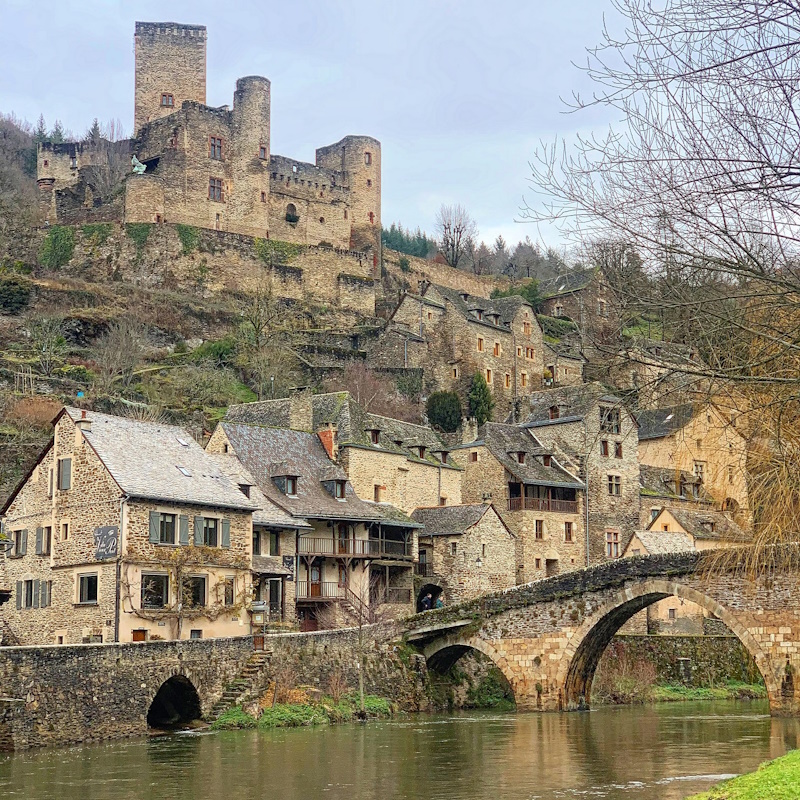
This is where you go when you want slow France without the tourist gloss. Albi has enough to keep you anchored – a cathedral, a riverfront, a good local scene – while nearby villages like Cordes-sur-Ciel or Najac offer quiet, stone-built beauty.
This part of Occitanie is dotted with hiking trails, local festivals, and small producers. It’s ideal for longer stays if you want to rent a house, cook your own food, and explore at a rural pace.
Southern Brittany (Morbihan)
The southern coast of Brittany is dotted with small towns where Parisians rent summer homes and sailors live year-round.
Places like Carnac and La Trinité-sur-Mer have a rhythm that suits longer stays, with harbors, fresh seafood, and easy access to bike paths and walking trails.
The Gulf of Morbihan offers boat access to tiny islands with low-key beaches. You won’t run out of coastal villages to visit, and if you come in June or September, you’ll avoid the crowds but still catch the light.
Alsace Wine Route (Grand Est)
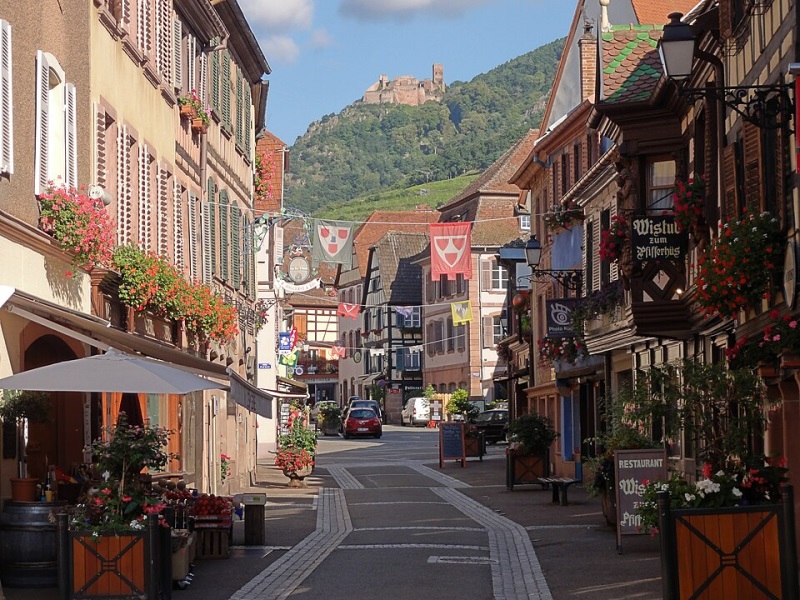
The string of villages between Strasbourg and Colmar is compact and easy to explore, which makes it perfect for a long base stay.
Travelers often choose Ribeauvillé or Kaysersberg for their location, scenery, and walkability.
You can hike through the vineyards, taste wine at local producers without appointments, and hop between villages by bike or car.
Colmar is a good anchor if you prefer a livelier town. The half-timbered houses and vineyard slopes look fairytale-like, but life here is practical and local.
Lyon and Surroundings (Auvergne-Rhône-Alpes)
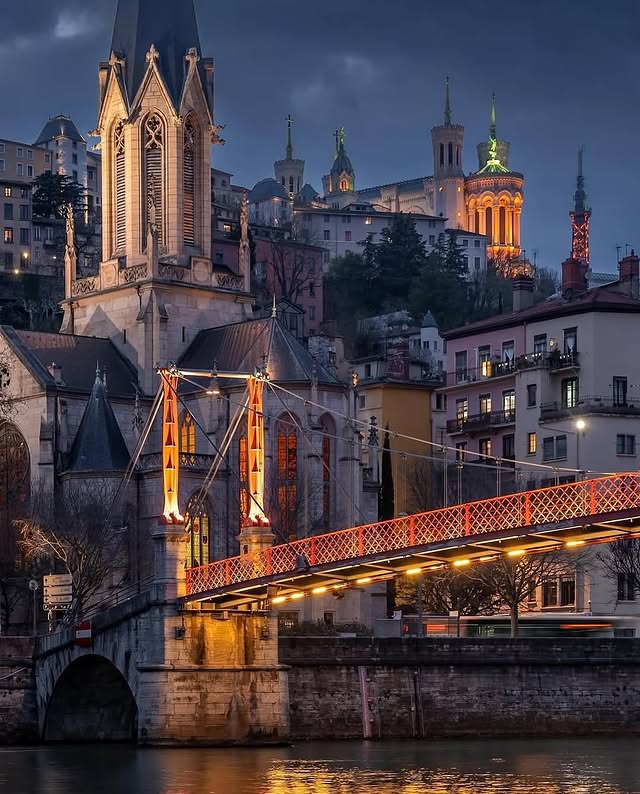
Lyon works well as a long-stay city, especially for travelers who want to mix urban life with easy escapes. The city itself has excellent food, walkable neighborhoods, and river paths for biking or strolling.
The local transit system is reliable, and day trips by train or car are easy to manage. From Lyon, you can take short trips to Pérouges, Vienne, or Beaujolais wine villages.
Many visitors find it’s a better place to “live in” than Paris if you want space, access to nature, and a more relaxed feel.
Loire Valley (Centre-Val de Loire)
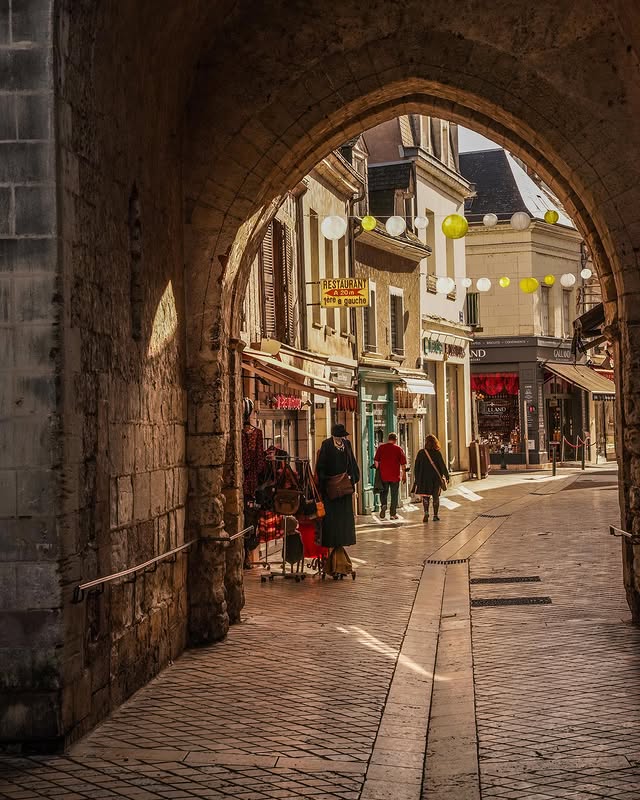
The Loire isn’t just about castles, it’s full of quiet towns where you can settle in for a while and experience French daily life.
Amboise and Chinon both have weekly markets, walkable centers, and enough cafes and bakeries to meet your needs without overwhelming choice.
The bike trails along the river are excellent, and the number of châteaux nearby gives you dozens of day trip options.
It’s easy to rent a car, stock your fridge from the market, and ease into a slower pace.
Corse-du-Sud (Corsica)
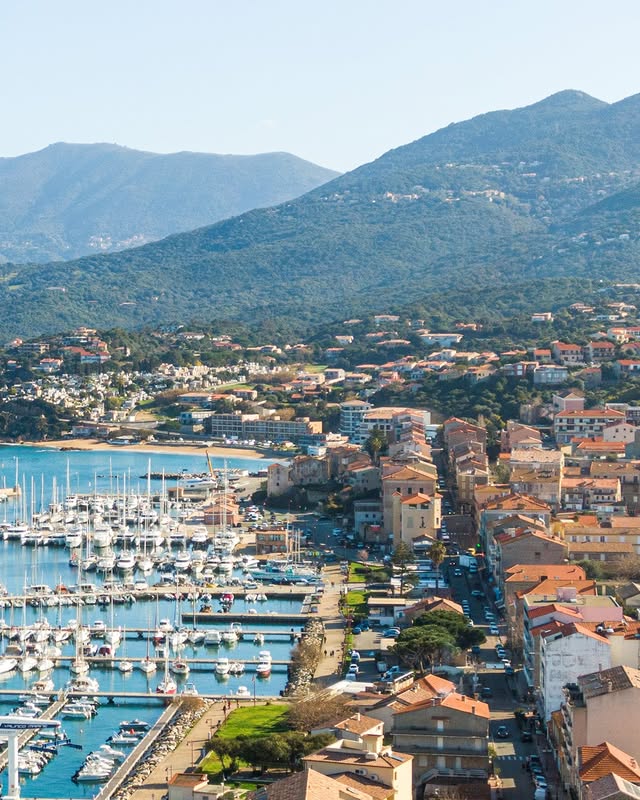
Southern Corsica isn’t the easiest place to reach, but travelers who make the effort often stay longer than they expected.
Propriano is small but central for exploring inland villages and coastal coves. The Alta Rocca mountains are nearby for hiking, while the coast offers swimming, boat trips, and beaches with few people outside peak season.
Rentals can be found through locals rather than big platforms, and the slower pace means you’ll need (and want) more time to make the most of it.
